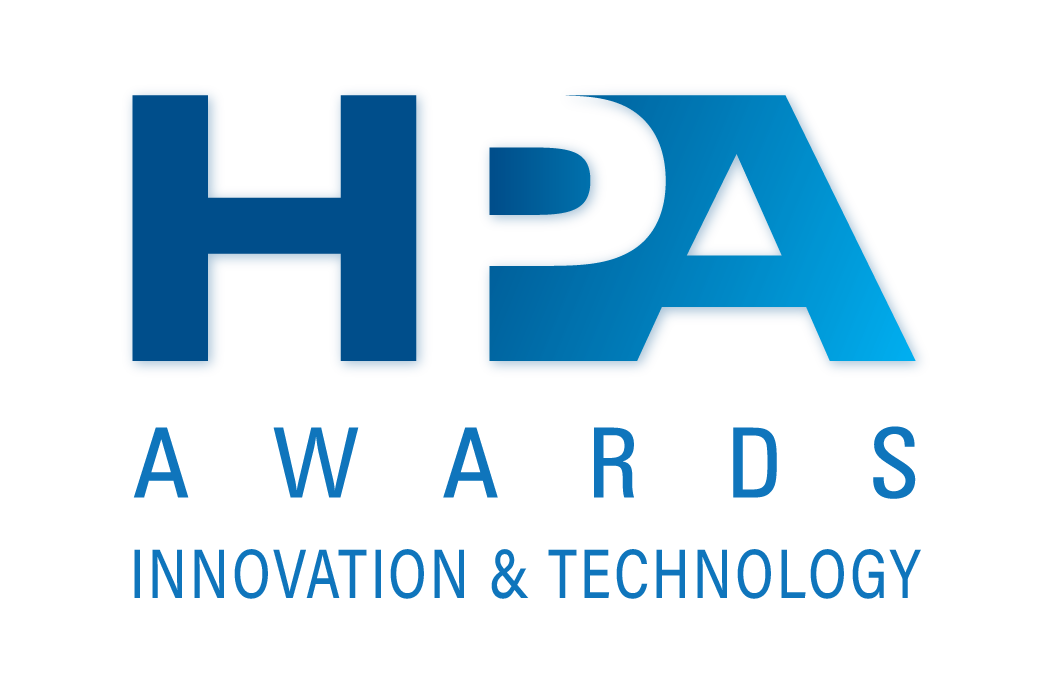Taming the Media Wild West
HAMILTON, N.J.: The broadcast industry is in the midst of a quantum leap to a more highly evolved, flexible, and efficient way of working. Experts say this transformation is crucial if we want to successfully manage the growing demands of a multistandard, multiplatform content distribution model.
FIMS—Framework for Interoperable Media Services—is an emerging standard that could catapult the broadcast industry from its burdensome tradition of writing point-to-point interfaces between proprietary third-party systems to foster a more interoperable, file-based IP workflow.
SOA APPROACH
FIMS enables this transformation by adapting the IT world's "Service-oriented Architecture" (SOA) model to media workflows—a natural next-step in the evolution from a legacy-broadcasting infrastructure to more agile, flexible IT-driven environment. "SOA is an architectural approach or design philosophy that helps enable greater alignment of technology to business goals. It architects systems in a 'loosely coupled' manner that makes it easier to make changes," (John Footen, "Count on IT," June 2008).
(click thumbnail)
A workflow for integrating FIMS into existing equipment (L) would include adaptors for existing services, while future services would be "FIMS-native."
"As broadcasters evolve their operations in support of file-based workflows, they're embracing SOA—and FIMS embodies the SOA philosophy as applied to the media industry," said Tim Claman, chief technology officer for Avid Technology, as well as a member of the board of directors of AMWA, The Advanced Media Workflow Association. The fact that FIMS is a joint effort of AMWA and the EBU, the European Broadcasting Union, underscores the reality that broadcasters worldwide are facing the same challenges.
"The goal of FIMS is to establish standard interfaces for services in the media workflow. FIMS will enable disparate systems to exchange standard messages, based on common service definitions and control commands. FIMS compliant services can be easily orchestrated by a MAM system or a standard enterprise service bus to automate media workflows," Claman said. "The benefits of FIMS include the flexibility to easily reconfigure components in the workflow, faster development of new products, and better utilization of resources throughout the workflow."
PROOF OF CONCEPT
At last year's NAB and IBC shows several vendors, including Avid, IBM, Cinegy, Sony and Cube-Tec collaborated on a "proof of concept" demonstration showcasing interoperability between several FIMS compliant devices. But at the 2012 NAB Show, show-goers will see a real-world FIMS workflow that's been successfully implemented at Bloomberg Media. "We're also hoping to finalize and ratify the first version of the FIMS specification by NAB," said Claman.
Technologists and engineers representing close to 20 manufacturers and standards bodies have been meeting in the United States and Europe for over a year to advance FIMS from concept to prototype. Version 1 focuses mainly on three services: media capture, transfer, and transform. But future versions will extend standardized interoperability to other services in the media pipeline. Phase 2 is already underway and actively seeking input and feedback from broadcasters.
According to Chris Simons, vice president of automation and asset management for Harris Broadcast, "FIMS provides a communication backbone and messaging system to allow multiple systems to talk to each other. FIMS doesn't actually perform the various tasks that it enables. For example, FIMS doesn't perform ingest… instead, it provides a standardized means to invoke an ingest service provided by a vendor and ensure all relevant metadata is correctly communicated. As part of the process, it's aimed at removing the pain points and restrictions of individual APIs—so vendors can concentrate on developing core functionality rather than customized interfaces for different brand devices."
While Harris markets a comprehensive, integrated portfolio of products, there are instances where the company's products must interface with third-party products. "If the products are all FIMS-compliant," Simons added, "Integration will go easier and smoother and customers would be assured that new devices would interface as well as units they are replacing."
Technological change in the media industry is rapidly accelerating at a rate no one would have thought possible 20 to 30 years ago, according to Neil Dunstan, chairman of the AMWA Marketing Committee (and head of sales and marketing for Metaglue, a Lexington, Mass.-based developer of file transfer software).
"SOA and FIMS are breaking new ground in our industry by enabling services—like transcoding and quality control—to be available anywhere they're needed in the chain." he said. "When a file arrives at your electronic front door, you can have rules in your FIMS workflow to automatically tap whatever services are needed to ensure that ingested files meet your quality standards. This results in more cost-effective utilization of capabilities and devices you have, regardless of where they reside in your facility."
The FIMS initiative will provide a genuine framework for integration, according to Raoul Cospen, Director of Marketing for Dalet Digital Media Systems. "This is really important," he said. "As an open MAM solution provider, we recognize its value because a MAM system is often the foundational platform for the workflow with other products resting on top of the MAM layer.
"FIMS will give us an established way to unify interfaces with third party components and systems—such as quality control, transcoders, and also third-party MAM systems)," Cospen continued. "Having a standard in place for integration will give customers confidence and flexibility as they can select or replace different components in their workflow without negative impact on operations. It will give them a tremendous amount of agility."
BASIC SET OF COMMANDS
According to Paul Turner, vice president of broadcast market development for Harmonic, "FIMS is an aggregation of basic, common commands broadcasters need a device to do. Since they all talk the same language, manufacturers can save money writing custom APIs and customers can easily replace one brand device with another.
"But since FIMS commands will not control all of the unique features a device can do, manufacturers will not be able to abandon their own API's if they want to deliver full functionality," Turner added. "If what you're trying to do is simple ingest, transcoding, or transferring of files, FIMS is deployable right now. The standard is in its early days and more work is needed to expand the scope and depth of services broadcasters want to use."


Tim Claman Phase two of SIMS development may encompass new services, such as media storage, preservation, and archive. "These services are a significant part of the media workflow that FIMS is addressing," said Brian Campanotti, chief technology officer of Front Porch Digital in Louisville, Colo.
"Front Porch Digital expects to be an active participant in these next phases of FIMS development since we offer leading products for asset management, storage, and archive and we can offer expertise and understanding of this market segment," Campanotti said. He added that Front Porch Digital's flagship product DIVArchive already has a SOA layer compatible with FIMS structures that can be enhanced to support FIMS as new services are embraced.
FLEXIBILITY & PRODUCTIVITY
According to Bruce Devlin, chief technology officer for U.K.-based Amberfin, the risk for vendors is that with FIMS, customers are no longer locked into a branded solution. "As vendors, we're then forced to compete on the quality of our products and how useful they are to our customers' businesses and that's a healthier, stronger discussion to have," he said, adding that FIMS coupled with MXF and secure IP connections could transform the media business, enabling it to exponentially grow and expand.
"Since FIMS will make it easier to exchange media files with other FIMS-compliant workflows around the world, this opens the door to broadening the base for media services and monetizing content," Devlin said. "The real challenge is to educate key groups in the broadcast industry—including those in video, IT, and management—about the potential for FIMS interoperability to enhance their productivity and profits."
The professional video industry's #1 source for news, trends and product and tech information. Sign up below.

